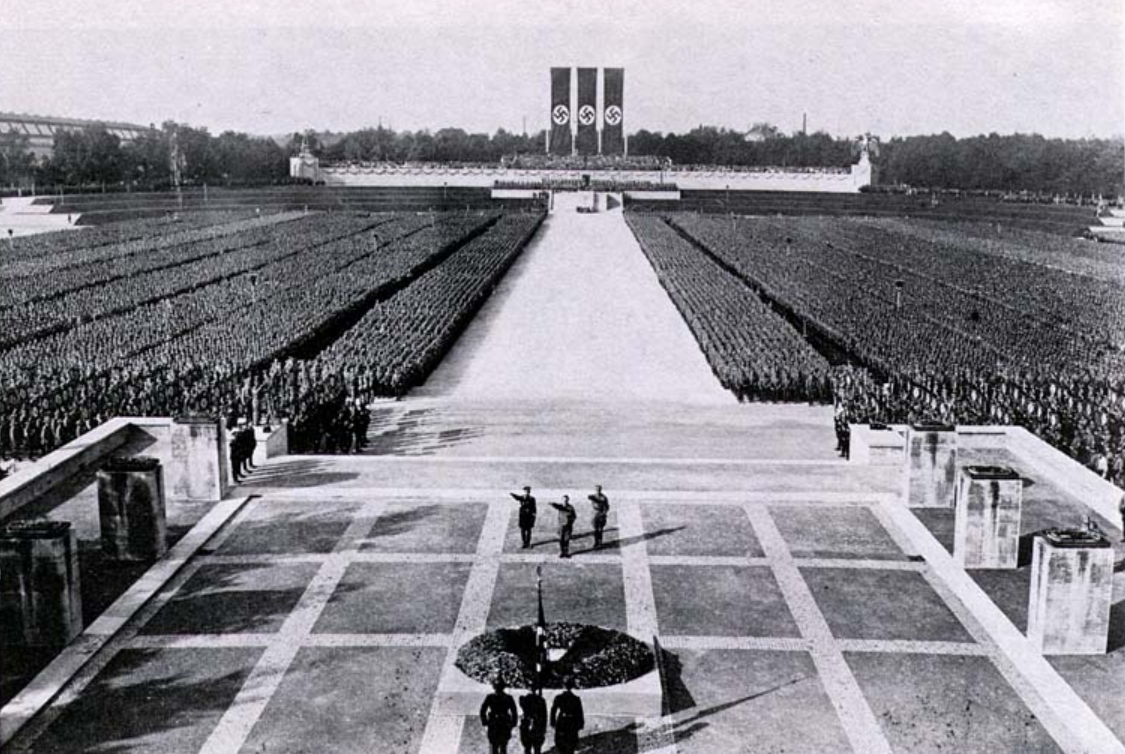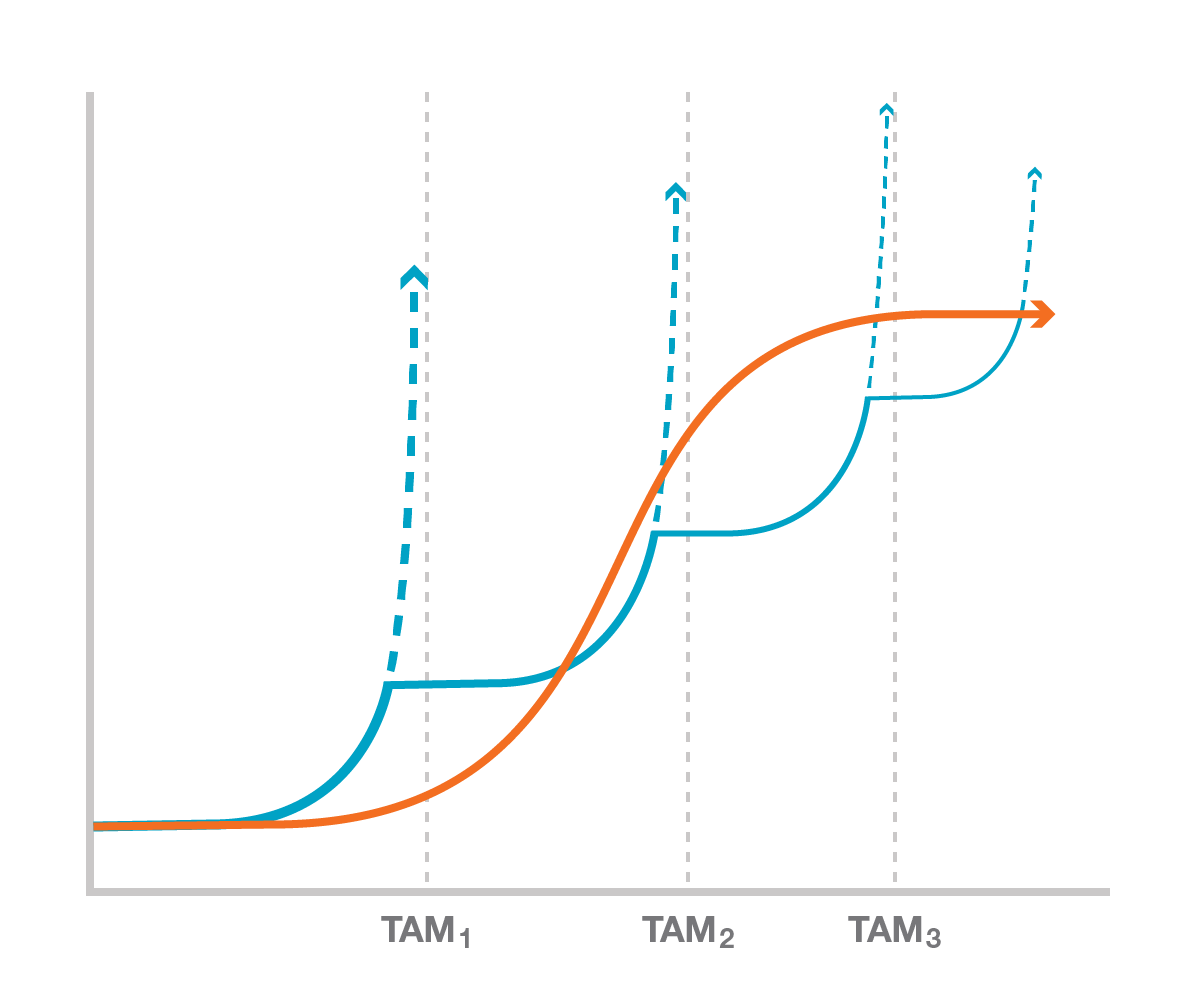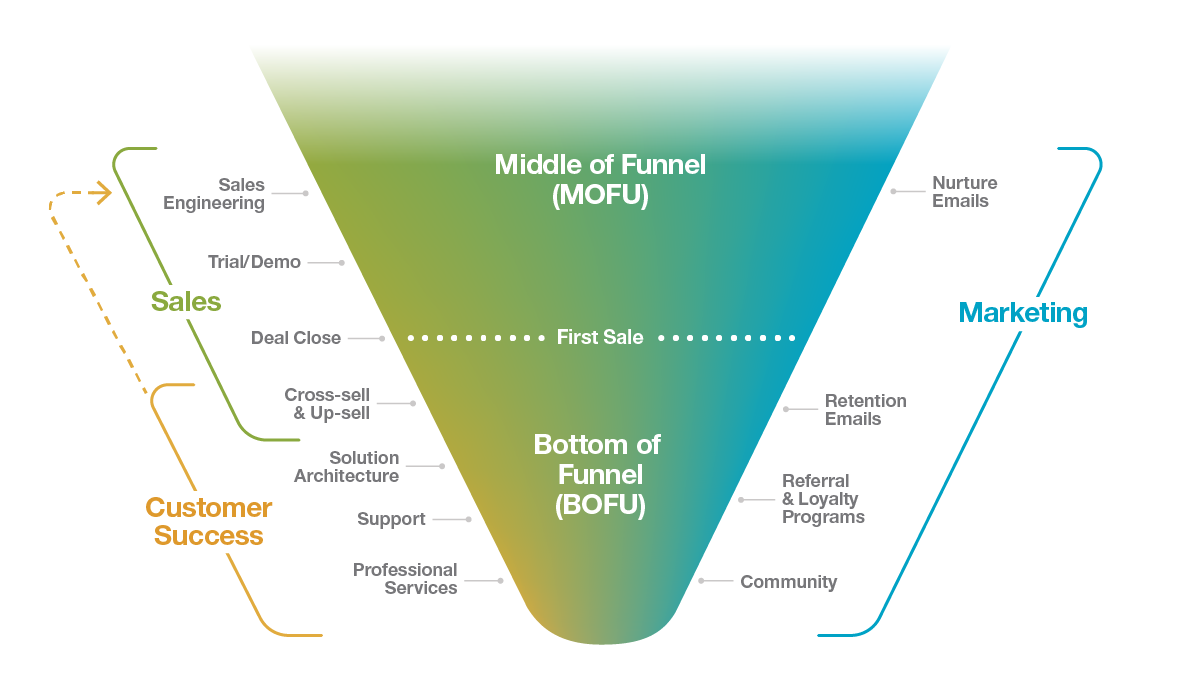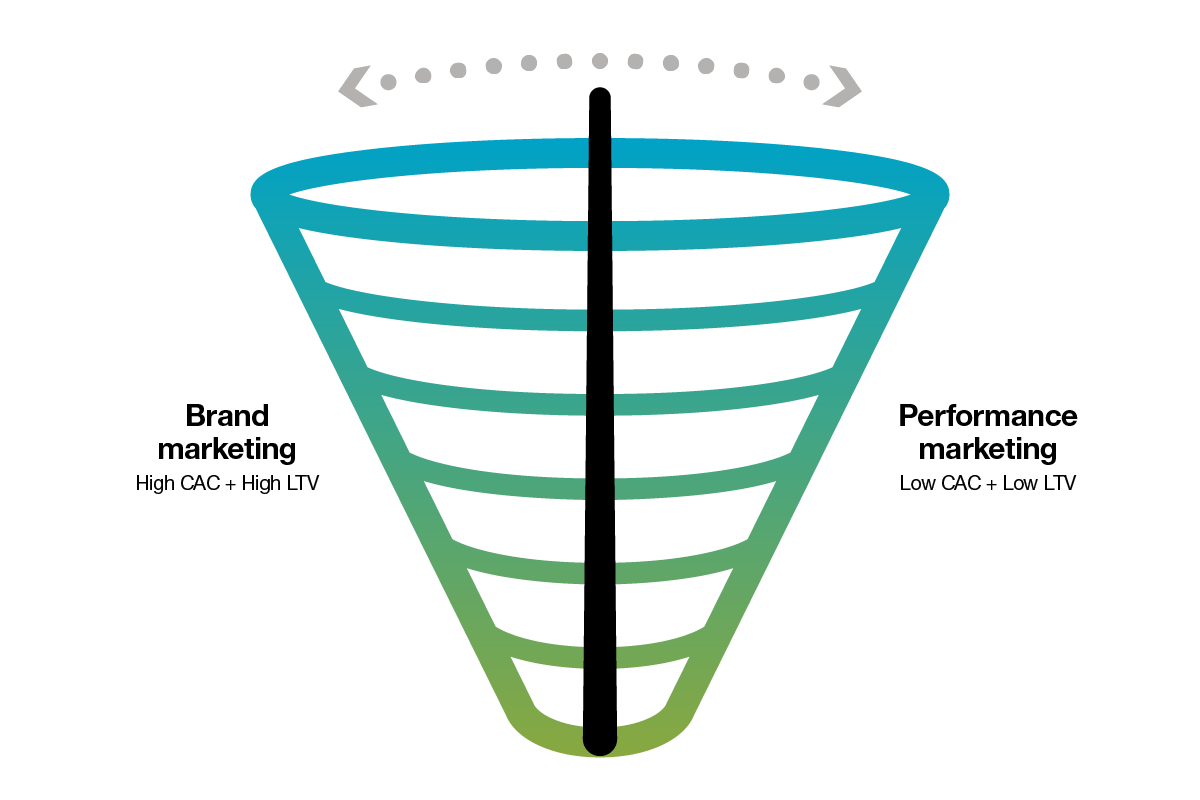The Gesamtkunstwerk has you. How aesthetics, history, and morality affect and contain the craft of the modern marketer, brand builder, and experience designer.
The Six Centers
Customer centricity is important, but all organizations have six centers (three external and three internal) which vie for attentional focus.
Scaling a small business
It’s never been easier to start a small business. It’s never been harder to scale a small business.
The Three Machines: Nonprofit Edition
The Three Machines model can be illuminating and practical for social sector organizations. But it requires a few small adjustments and nomenclature changes first.
Hypergrowth basics
As “growth” thinking becomes an implicit and assumed part of all product, relationship, and operational strategy, it will cease to be an independent skill set.
Growth basics
The physical, mathematical, and cultural realities of business growth for every kind of organization.
Product and Marketing
Everything’s a funnel. The culmination of our Relationships and Revenue series, and the introduction of our Three Machines framework, inspired by Brad Feld.
Aligning Marketing and Sales
B2B organizations face an unresolved tension between the need for a unified GTM strategy and the human reality that Marketing and Sales are very different.
Brand marketing vs. performance marketing
Brand marketing and performance marketing are in dynamic tension with each other at every step of the marketing funnel.










